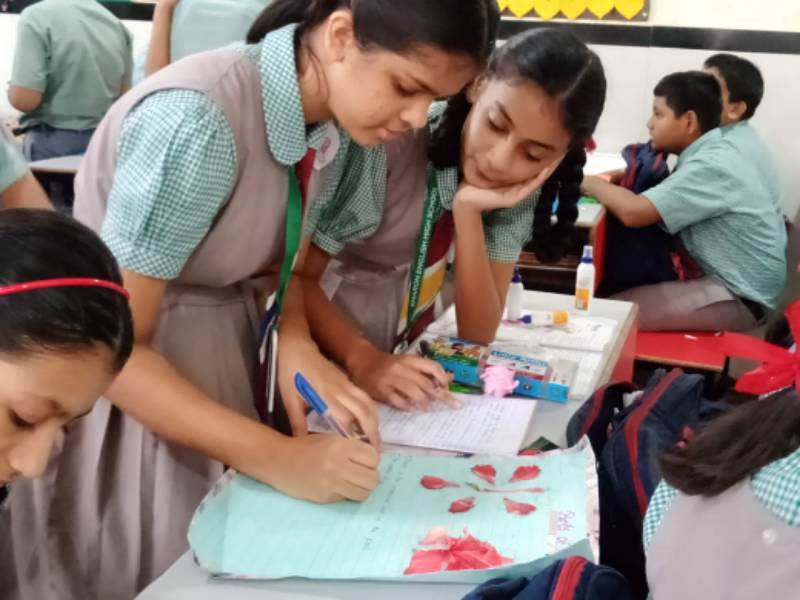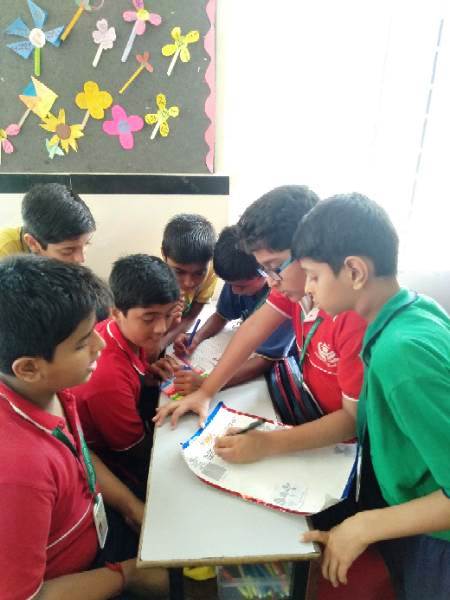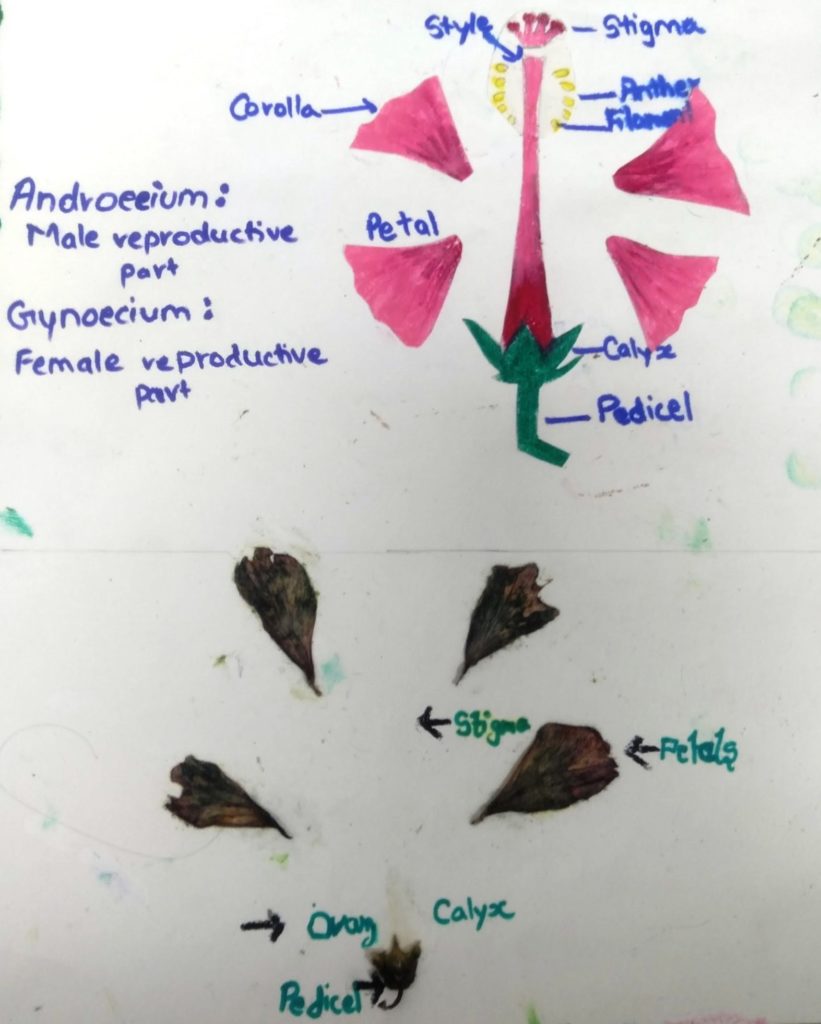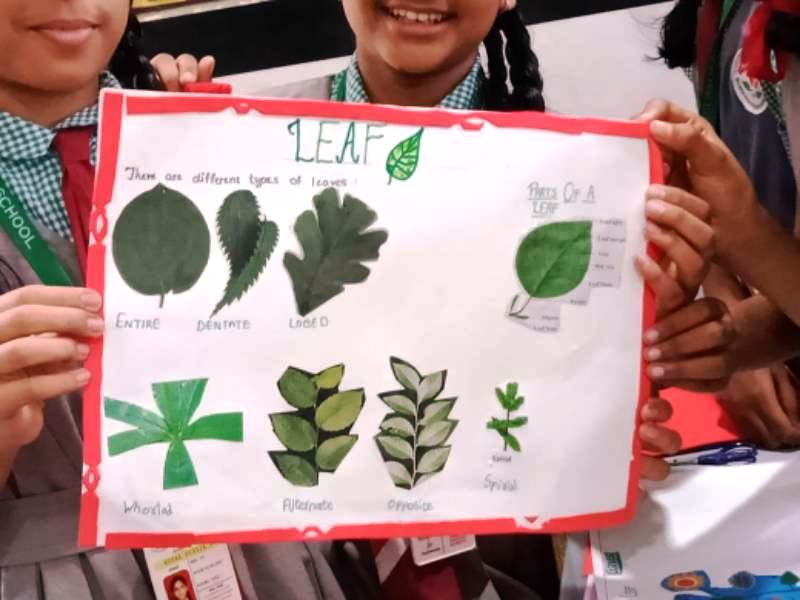Plants are an incredibly important kingdom of organisms. They are multicellular organisms with the amazing ability to make their own food from water from the soil and in the presence of sunlight. As plants grow they become a food source for animals and other organisms. Last month, I started teaching the concept, parts of the plant, their structure and function in Standard VI. My scientific objectives were to enable students to identify and explain important structures of a plant and their roles in food production, support, water and nutrient transport, and reproduction.
Parts of Plant: Questions Answered
I had spent considerable time discussing the concept with them in some detail. We had drawn and labelled parts of the plant and we had discussed questions which included:
- What do the roots do?
- How do the roots help to keep a plant alive?
- What purpose do leaves serve?
- What does the stem do?
- The function of the flower?

Based on my class’ prior knowledge I went on to explain the structure of each part and their individual functions. e.g. The roots support and take in water and nutrient; leaves help in the production of food; the stem supports the leaves, transports water and nutrients; flowers help in reproduction; fruit protects the seed and helps with seed dispersal.
Being a Science teacher, I felt that specimens are excellent visual aids. Visual images often stay longer than verbal ones and thus help in memory retention. So, when it was time to do a formative assessment, I decided to use real specimens to see where my students stood and to understand if there were gaps in their learning. Through this assessment, I wanted to check if students were able to
- Identify the basic parts of the plant by observing the specimens.
- List and describe their structure and function.
- Gain an appreciation for the plants in our world.

I decided to make this a group task (5-6 students per group) to bring in skills of collaboration and team-work among the students and to develop their interpersonal communication skills.
Group Activity and TEAM work
Before we began, I reminded the class of my ground rules which included
- Each and every member of the group should participate
- Respect every individual’s opinion
- Each one should take turns to speak one at a time.

Group Activity 
Parts of Plant: Group Activity
Each group was free to choose any one part of the plant and bring it to class on the day of the task. There was incredible diversity in the specimens students brought to class and they got down to completing the task in 30 minutes. The first step was to think individually and then share with the group their structure and functions. In the last step, they stuck the specimens on a sheet of paper, label it and state their functions.
I noticed that as they worked in groups even the quieter ones were able to speak out and self-learning was taking place. Once they finished with the activity each member of the group would come up and name the parts and list their functions.
Observation and Labelling
I would like to give one example: Few groups who brought flowers separated the parts of the flower i.e. CALYX, COROLLA, ANDROECIUM AND GYNOECIUM. The students asked for help as they dissected the flower. I guided the students to dissect the flower and they could clearly identify their structure and state its functions. They developed a sense of self-confidence in observing parts in greater detail. The students were enthusiastic to bring the different specimens and they could clearly point out the different structures. This gave an opportunity for the slower ones to learn and identify the parts with the help of the other students.
I would like to share a photo in which the students labelled the parts of the flower

The students did the chart well. They dissected the parts and stuck the parts of the plant in its place and also labelled the parts.
Misconceptions about Parts of Plant
However, I realised there were certain misconceptions among the students as well. They believed,
Plants take in all substances they need to grow through their roots.
Plants breathe by inhaling carbon dioxide and exhaling oxygen.
In the next class, I clarified their misconceptions through discussions.
Plants take in air through their leaves. Chloroplasts in the plant absorb the sun’s energy for use in photosynthesis. Roots take water and minerals
Plants take in air through their leaves. Plants use both carbon dioxide and oxygen for different processes. Photosynthesis requires carbon dioxide, while respiration requires oxygen. While plants do release oxygen, it is a by-product of photosynthesis and is not released through breathing. Plants do not breathe. They absorb air through the stomata (pores) in their leaves.

When I went through their presentations, I could see they had put forth their ideas clearly in simple points. I felt happy about doing this round of formative assessments using real specimens. As a teacher, I fulfilled my learning objectives and also took a small step to inculcate the values of co-operation and teamwork among the students through collaborative learning.
Contributed by
Bajana Deepak
Science Teacher


its inspiring. Very innovative and a must to emulate
This activity helps all kinds of learners. One can also ask them to observe how the leaves are arranged in the plant, to get maximum sunlight.